This article is taken from PN Review 147, Volume 29 Number 1, September - October 2002.
A Maverick Master
Two things distinguish the modernist epoch that took up such a large part of the previous century: a preoccupation with stylistic exercises and a tendency to identify with schools or movements. It was in the twentieth century that the still life was finally accorded the status of high art. Before, it had been associated with tavern painting - not that this precluded the application of an appropriate skill - in particular that of trompe l'oeil - but the moderns elevated the genre, deeming its humble ground the fitting arena for innovative perception. In reaction to the deliberately vaunted glory of the Victorian age, there was a reluctance to deal with the high-toned subject. Eschewing histrionics, Cézanne, and later Morandi, pioneered configurations of everyday objects. Picasso painted his breakfast, and also began painting serially, churning out variations to themes. A generous swathe of abstraction could be construed as the promotion of exercises. The more style you had, the less you needed a subject. After all, your style was your subject.
In twentieth-century literature also we encounter a distrust of the hortatory address and a foregrounding of the disciplinary act as content in itself. Sonnet sequences proliferate - Meredith instigating this modernist favourite in the late nineteenth century, followed by Berryman, Berrigan et al. In France, we have Queneau's reiterations of the business of running for a bus in the epic style, the lyrical, the bombastic, the terse, the loquacious. A predilection for the exercise reflects the demise of ...
The page you have requested is restricted to subscribers only. Please enter your username and password and click on 'Continue':
If you have forgotten your username and password, please enter the email address you used when you joined. Your login details will then be emailed to the address specified.
If you are not a subscriber and would like to enjoy the 292 issues containing over 11,700 poems, articles, reports, interviews and reviews,
why not subscribe to the website today?
